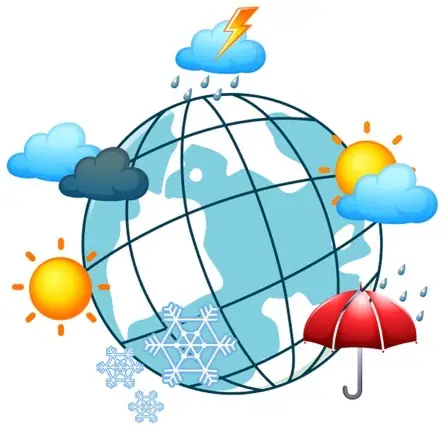Understanding Weather-Related Risks
A fundamental aspect of weather protection involves understanding the diverse range of risks posed by different weather conditions. From heavy rain and flooding to extreme heat, cold, or wind, businesses must assess the potential impact of weather on their assets and operational continuity. By comprehensively understanding these risks, organizations can develop targeted strategies to mitigate weather-related vulnerabilities.
Evaluating Asset Vulnerabilities and Exposure
Conducting a thorough evaluation of asset vulnerabilities and exposure to weather elements is crucial in devising effective protection measures. Identifying critical infrastructure, equipment, and inventory susceptible to weather-induced damage enables businesses to prioritize protective interventions, such as reinforcement, relocation, or the implementation of specialized shielding solutions tailored to specific environmental threats.
Implementing Structural Reinforcements and Modifications
Implementing structural reinforcements and modifications to facilities and infrastructure enhances their resilience against adverse weather conditions.

This may include reinforcing roofing systems, installing impact-resistant windows, fortifying exterior cladding, and implementing drainage improvements to mitigate the risk of water infiltration, structural damage, and operational disruptions caused by severe weather events.
Deploying Weather Monitoring and Early Warning Systems
Deploying advanced weather monitoring and early warning systems empowers businesses to proactively respond to impending weather threats. Utilizing meteorological data, satellite imagery, and local weather alerts, organizations can anticipate adverse weather patterns, activate precautionary measures, and initiate contingency plans to minimize the impact of weather-related disruptions on their operations and assets.
Establishing Emergency Response and Contingency Plans
Establishing comprehensive emergency response and contingency plans is essential for effectively managing weather-related emergencies. By defining clear roles, responsibilities, and communication protocols, businesses can streamline their response to weather-induced crises, ensuring the safety of personnel, the preservation of assets, and the rapid restoration of operations following weather-related incidents.
Safeguarding Outdoor Assets and Inventory
Safeguarding outdoor assets and inventory from weather-related damage requires deliberate protective measures. This may involve utilizing weatherproof coverings, securing loose items, relocating vulnerable inventory to protected areas, and implementing drainage solutions to prevent waterlogging. By safeguarding outdoor assets, businesses can minimize weather-induced losses and maintain operational continuity.
Enhancing the Resilience of Garage Doors in Sandy Climates
In environments where conditions are prevalent, special attention needs to be given to the protection and maintenance of garage doors .
Sandy conditions can cause abrasive damage to moving parts and may compromise the sealing and structural integrity of garage door systems. To combat this, businesses should consider the application of weather-resistant coatings and lubricants that can repel sand and minimize wear.
Regular cleaning protocols can also be established to remove any sand accumulations that could potentially impair the door’s function. High-grade seals and weather stripping should be installed to prevent sand from infiltrating indoor spaces, thus safeguarding both the indoor environment and assets housed within from fine particulates that could cause operational issues or deteriorate stored goods.
Investing in Climate-Resilient Infrastructure
Investing in climate-resilient infrastructure , incorporating durable materials, and integrating sustainable design practices bolster long-term weather protection efforts. By considering climate projections and adopting resilient design standards, businesses can future-proof their infrastructure, reduce the risk of weather-related deterioration, and ensure the longevity and operational reliability of their assets under evolving environmental conditions.
Incorporating Weather-Resistant Storage Solutions
Incorporating weather-resistant storage solutions , such as sealed containers, climate-controlled storage areas, and elevated platforms, safeguards valuable inventory and equipment from weather-related damage. By implementing appropriate storage measures, businesses can mitigate the risk of moisture ingress, temperature fluctuations, and other weather-induced hazards, preserving the integrity and functionality of their stored assets.
Partnering with Weather-Related Service Providers
Partnering with weather-related service providers, such as roofing specialists, flood mitigation experts, and climate resiliency consultants, offers businesses access to specialized expertise and resources for weather protection. Collaborating with these professionals enables organizations to access tailored solutions, stay abreast of industry best practices, and fortify their weather protection capabilities through expert guidance and support.
Conclusion
Securing against the elements demands a proactive and integrated approach encompassing risk evaluation, infrastructure enhancements, emergency preparedness, and strategic partnerships. By embracing the tips outlined in this guide, businesses can fortify their assets and operations against the diverse challenges posed by adverse weather conditions. Whether it’s safeguarding facilities, outdoor spaces, or valuable inventory, prioritizing weather protection fosters resilience, minimizes disruptions, and safeguards long-term business sustainability.







